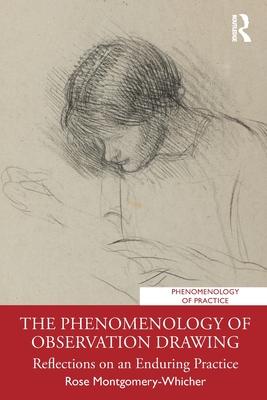Based on research, and grounded in experience, this book offers a view into the minds and hearts of people who draw. With technology at our fingertips that allows us to record and share what we see within moments, drawing seems a remarkably slow and difficult way to make an image. And yet, drawing from observation continues to be practiced by professional and amateur artists, a situation that invites the question: What does observation drawing mean in the lives of those who practice it?
The central chapters of the book explicate the structures of the lived experience of drawing, weaving phenomenological reflections into a narrative about the author drawing her sister on a train. With lively accounts of drawing from hobbyists, art students, contemporary and historical artists, Montgomery-Whicher considers how the act of drawing shapes place, time, the body and relationships with the world and with others. She addresses many facets of drawing, including the connection between drawing and thinking, the range of emotions felt when drawing a person and the experience of digital drawing. Montgomery-Whicher concludes that observation drawing warrants a place in general education as well as in the education of artists. She argues that drawing will continue to thrive because it is a human practice that deepens and enriches our humanity by giving us access to keener perception, greater understanding, empathy and wonder. This book will be of interest to anyone who has ever wondered about the appeal of drawing, including professional and amateur artists, philosophers, and educators.
